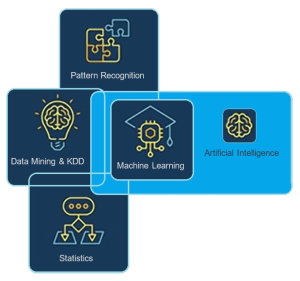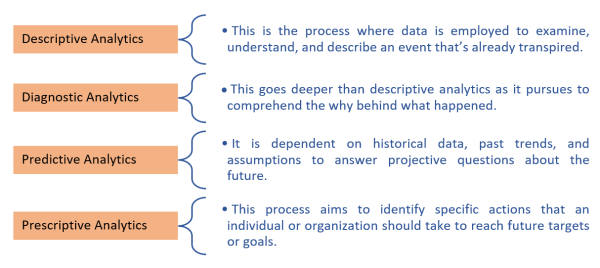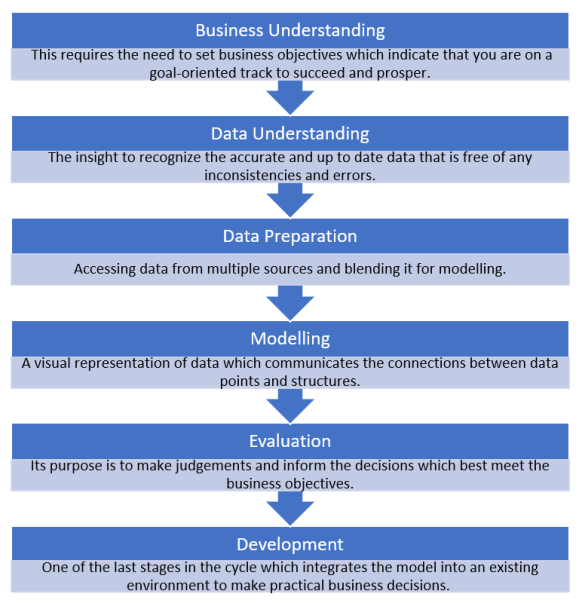Data Integrity and Its Regulation
Data can be referred to as individual facts, statistics, or an assortment of information, often represented in numeric format. The importance of data and its management started with the birth of computer science itself. Initially, the focus was on converting data, storing it, and then transmitting it. However, in recent years, there has been an unprecedented explosion of information, which could be linked to the rise of smartphones, intelligent sensors, connected automobiles, and many other digital devices all around us.
The ever-growing abundance of data has led to the need to manage it in a way that ensures data quality by reducing duplication and guaranteeing the most accurate and timely outcome. The act of accessing and storing large volumes of information for analytics has been around for a long time. But the concept of big data gained momentum in the early 2000s based on the three Vs: Volume, Velocity, and Variety. Big data is not so beneficial until it is analyzed for better insights to improve decisions, which means that data collected is relevant only if it is ultimately used to solve problems and in turn, achieve new revenue streams and financial growth. This is where the domain of “Data Science” plays a key role as it employs modern tools and techniques to find unseen patterns in data, derive meaningful information, and make successful business decisions.
What is Data Science
Data Science is a term that is used for the integrated approach of extracting insights from the ever-increasing volumes of data using various scientific methods, algorithms and processes. It is driven by software that recognizes hidden patterns within the unprocessed data. These valuable insights facilitate in supporting corporate decision making by interpreting business predicaments in an analytical way to transform them into viable solutions.
How Do Businesses Rely on Data Science?
The traditional Business Intelligence tools are not structured to process vast pools of unstructured data. Data Science plays a significant role as it utilizes more advanced tools to assist in analyzing, sorting, and sifting through the large volumes of data that come from different sources across multiple interconnected fields. For instance, in the field of marketing, exploring basic demographic factors like customer age, gender, location, and behavior assists in creating highly targeted campaigns. These campaigns show more precise recommendations as they rely on browsing and purchase history to evaluate customers' inclination towards making or leaving a product. Likewise in banking, acquiring unusual customer dealings aids in detecting and exposing fraud. In healthcare, scrutinizing and evaluating patients’ medical records may indicate the likelihood of having diseases, etc.
Leveraging the power of predictive maintenance, smart sensors embedded in factory equipment can collect data on optimal operations to help manufacturers lower the downtime and in turn avoid any revenue loss. Anticipating, and acting on, potential out-of-service issues means that plants are able to run at peak efficiency.
Data Mining and KDD
The term “data mining” is often used interchangeably with KDD (Knowledge Discovery in Database). At present, the world is increasingly being data-driven in nearly all walks of life. However, data can only be of significance when you can analyze it to infer factual values.
Most industries accumulate massive volumes of data, but in the absence of a filtering mechanism that graphs, charts, and trends data models, pure data itself is of little significance. Utilizing traditional mechanisms proves to be quite challenging because of the speed and volume of data that is being accumulated. Thus, it has become economically and scientifically necessary to scale up our analysis capacity using Data Science, so we are able to be in a better position to handle the vast amount of data that we now acquire.
The diagram indicates the correlation of the various tools and instruments that assist in managing data.
Pattern Recognition
Pattern recognition explores inbound data by identifying patterns within. There are several pattern recognition methods that can be utilized based on the type and configuration of data. Data patterns in general are identified through explorative pattern recognition while detected patterns are categorized through descriptive pattern recognition. This may involve sizing up the object to identify distinctive features and comparing these features with known patterns to determine if it’s a match or there is a disparity due to variations in the data.
Statistics
Statistics plays a significant part in addressing issues that are complex and require a methodological approach. This is especially useful where there is a high-stakes decision to be made under a lot of skepticism. Statistics provides sophisticated answers to questions raised by the analysts with a great level of confidence.
Analytics
Data analytics refers to the process and practice of examining data to answer questions, obtain insights, and identify trends. This is done using an assortment of tools, techniques, and frameworks that vary depending on the type of analysis being conducted. The four major types of analytics include:
Machine Learning
Machine Learning is a branch of artificial intelligence that is dependent on models to perform autonomous tasks without being overly programmed. It relies on statistical techniques or algorithms that allow users to make predictions or decisions based on the historical data. Data scientists utilize technologies such as Machine Learning and Artificial Intelligence to examine the data that a company possesses. This enables the company to make a precise analysis of what is imminent, thereby making a positive impact on the future of the business.
The Data Science Process
CRISP-DM which stands for Cross Industry Standard Process for Data Mining is a process model that provides an overview of the data science life cycle. It is a scaffold that assists in planning, organizing, and implementing a data science project. It consists of the following steps:
When critical thinking encounters machine-learning algorithms, data science can help achieve better insights, guide efficiency efforts, and inform predictions. The goal is for businesses to benefit from Data Science to make progressive decisions and create more innovative products and services.
Find information on products and technologies to help you implement AI solutions at renesas.com/AI.



